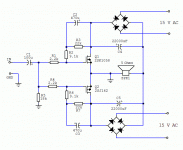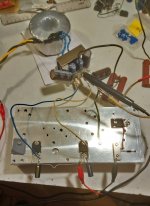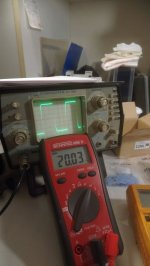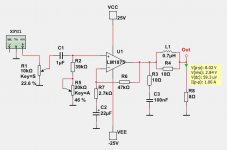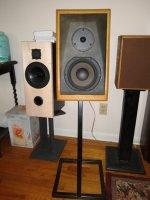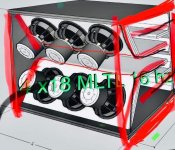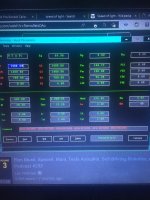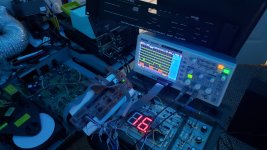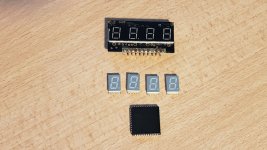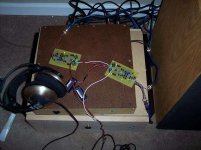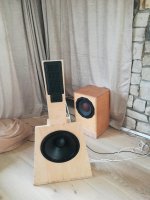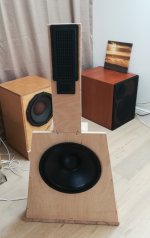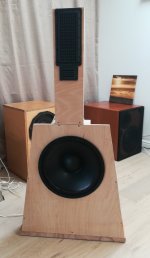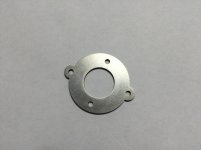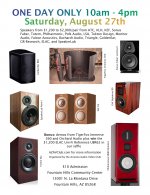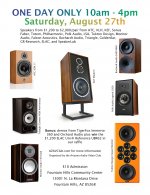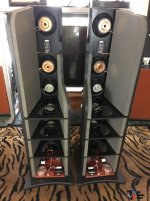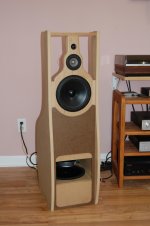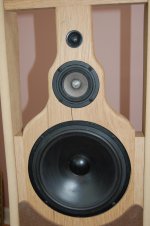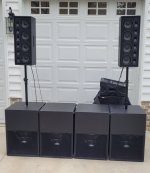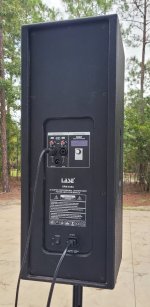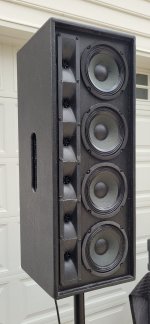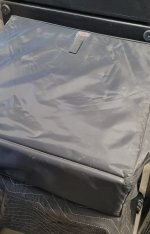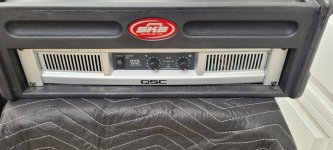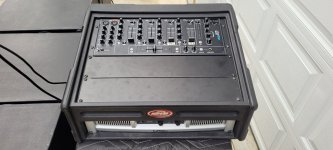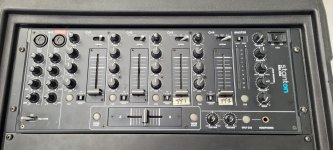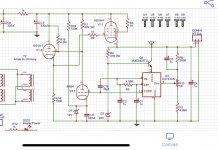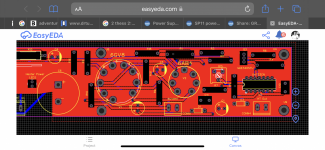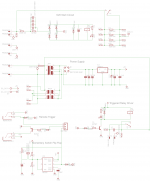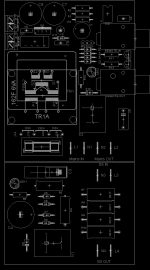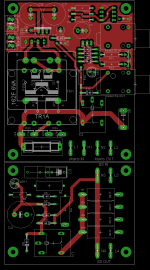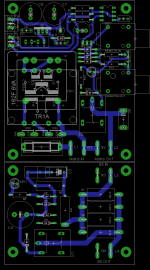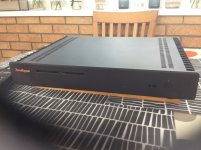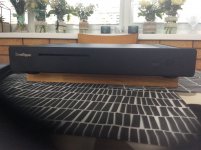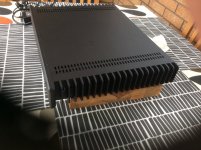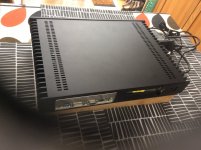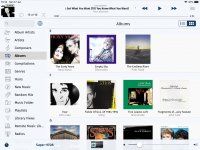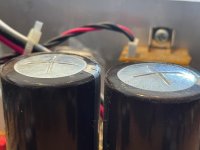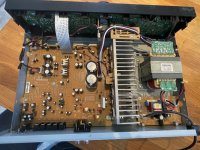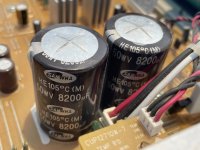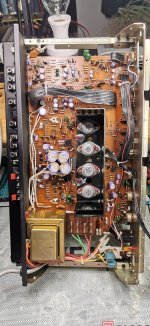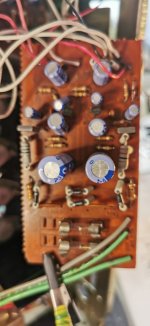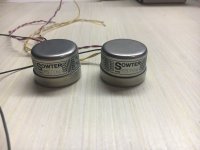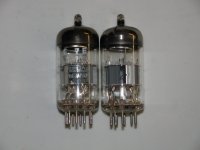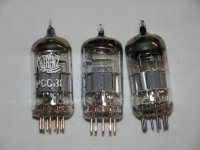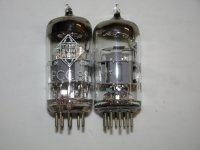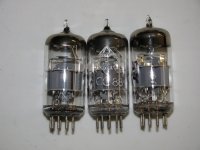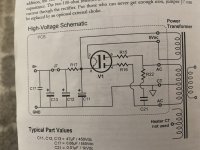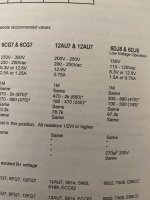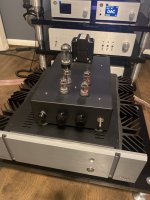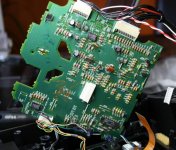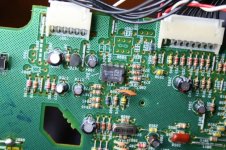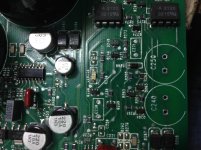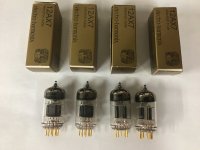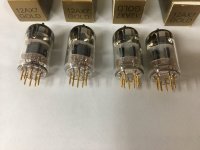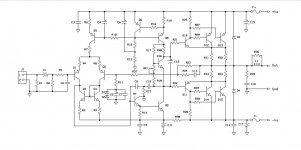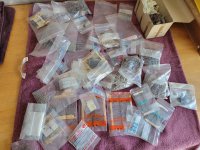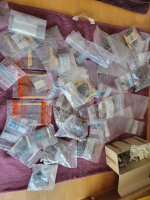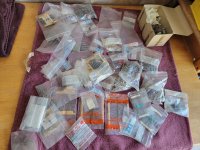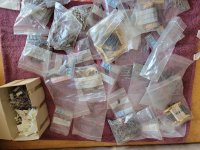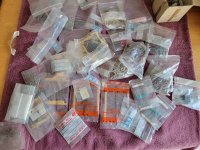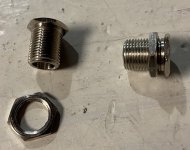After 10 days of planning and 2 days of building: an OB
With about 365 times less procrastination than last time
After a decade of planning, thanks to forum members after reading
The 'Circles of Doom'.....Open baffleless full range speakers. I thought - it’s about 14 years since I’ve tried OB, so…
My goal was to use drivers I could get my hands on within a week or so and build something easy.
The Neo3 and Neo10 happened to be available and are irresistible. I did some simulations and decided to use the Neo3 on its “side”, underneath the latter, with minimal gap aiming for (and it turns out achieving) a 3kHz LR24 crossover. The baffle is routed out behind and flat in front. A quick test baffle showed this is fine, with baffle effects on the Neo3 significantly below the crossover (I had wondered about scalloping out the wood either side of the Neo3 but decided not to).
I’ve got four subwoofers of three types and decided to use those up to ~90Hz. This decision is based on room modes and consideration of the location that the new speakers would have to occupy, to be far enough from walls.
The aim was to use an LR24 crossover around 700Hz from the Neo10 to an OB base driver with proportionately larger spacing (it’s 660mm c2c, and the crossover is a little under 700 Hz). The lower baffle is mildly U-shaped, with tapered rear “wings” mainly for bracing. I wanted to keep the base width no more than 2’ or 61cm.
After looking at easily available bass drives of trustworthy/known quality, I chose the B&C 14NDL76 as a cautious compromise. A 15” would also fit in the tapering baffle at the desired height, but I knew that the 14NDL76 has a smooth response and would give some margin to adjust the crossover upwards if I had trouble with the low end of the Neo 10 (no sign of that, however).
The drivers arrived promptly, and it took about 8 hours to build the speakers in two sessions split by varnish drying overnight, an hour to burn-in the bass drives, and an hour or so to wire, test and set up the EQ. I only have limited hand tools and very limited skill, which none-the-less proved sufficient (a nice new saw, electric drill/screwdriver, electric jigsaw with thin blade, files, sandpaper, and a router with round-over bit for the back of the upper baffle).
The baffles have some added stiffening strips, as well as the wings on the lower part; these taper from ~1cm at the top to ~10cm at the bottom. The lower baffles are fixed on to iroko butcher block off-cuts from earlier speakers and are ideal to add mass and make a stable platform.
The whole speaker sits on compliant, damped feet, to give a ~10Hz low-Q rocking resonance. The connections between the upper and lower baffles are also compliant and damped (metal flexures and damping). This connection was tuned to avoid resonances of the lower baffle and I cannot feel vibrations of the lower baffle on the upper – the rocking mode is about 40Hz. The upper baffle could benefit from some more damping or stiffening in its lower part, but the radiating area is small and the resonances are not conspicuous with a microphone placed nearby below the tweeter – more investigation of this later.
The Neo3s required EQ to achieve a flat response, as expected. That done, they blended almost ideally with the Neo10 (30dB tweeter-axis, reverse null with symmetrical LR24). The Neo10s only required a small boost below the lower crossover frequency to blend nicely with the 14NDL76 with LR24. The bass required some boost (4dB 90Hz Q=0.8), and I put a mild notch at 2kHz (-4dB Q=4), though not really needed. The response is generally smoother than the B&C datasheet suggests, but the trends are accurate.
As the speakers were only finished a few hours ago, I haven’t fully dialled in the four subs – only roughly: good enough to be enjoying music. Though I gave the 14NDL76s some LF work for an hour, their suspensions will possibly soften up a little more and I’ll revisit the bass-EQ again in a week or so.
The Neo10s measured almost identically, as did the 14NDL76s. The Neo3s differed by up to 1dB in a band around 10 kHz – whether this is from the drivers or due to small differences in the way I mounted them is unclear. I plan some front/rear measurements that might give a clue (sometime).
I used push-on connectors for the Neos, and the B&C drives came with spring connectors.
I hope the photos give the rough idea.
Editing to point to the main changes and discoveries since writing the above.
Improved understanding of early reflections, and the benefits of dipoles in this regard - mentioned at various places, mainly around #90. I could write more on this, as it's one of the most important considerations for choosing hifi speakers in a small room.
The first 44 posts describe the development and testing of the speakers with DCX2496 filters. The change to Hypex FA123 is described here:
https://www.diyaudio.com/community/...to-one-forum-member-an-ob.374532/post-6801982
Although not fundamentally different, the extra DSP flexibility has allowed finer tuning in a few minor areas.
DRC was introduced
https://www.diyaudio.com/community/...to-one-forum-member-an-ob.374532/post-6802001
Having good control of early reflections by design and positioning of speakers makes it easier to figure out how to best use (gentle) DRC for speaker and room correction in different regions of time-frequency space. I have a much better appreciation of how Toole & Olive and Bech
et al findings fit together allowing proper consideration of early reflections. To communicate this in full would take many words - only the gist is in the thread.
Moving the bass-mid crossover down to ~400Hz (hence one lobe) came late, and only led to good outcomes:
https://www.diyaudio.com/community/...to-one-forum-member-an-ob.374532/post-6888697
this extent of the change caught me by surprise (even setting aside the error during the comparison with the higher crossover (see #87) - the error did lead to a lot of interesting comments.
Thanks again to everyone who commented and contributed along the way. The project is now complete and I don't plan to add posts, unless interesting questions come up.
Ken

